School of Forestry Brings American Chestnut Back to the Keweenaw
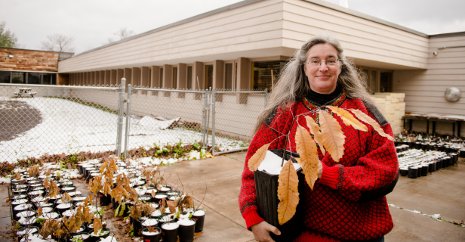
Back in the late 1980s, when Terry Sharik was teaching at Michigan Tech’s School of Forest Resources and Environmental Science—then called the School of Forestry and Wood Products—he discovered what he calls “one of the finest forest-grown large American chestnut trees I have ever seen.”
The tree, estimated at 60 to 70 feet in height, formed part of the upper closed-canopy forest that covered what is now the parking lot of the BHK Child Development Center in Houghton. It was a magnificent specimen of Castanea dentata, the regal, saw-toothed American chestnut.
Sharik had seen hundreds of other American chestnuts. But they were stunted stump sprouts, all that was left of the American chestnut after chestnut blight wiped out most of the large trees across their home range from Appalachia through the eastern United States, including extreme southeastern Michigan, near Lake Erie. Outside that range, in Wisconsin and Michigan, some chestnuts survived.
Chestnut Tree Gone
Sharik had a special fondness for that rare, remaining specimen. So when he returned to Houghton for a professional meeting in the mid-nineties, he went to visit the chestnut tree. Imagine his horror when he discovered that the tree—and the most of the forest that had surrounded it—were gone, victims of the expansion of the child development center.
“I can’t begin to tell you how empty I felt,” says Sharik. When he returned to Michigan Tech as dean of SFRES in 2012, one of his goals was to someday return the American chestnut to the BHK site it used to call home.
That dream has come true. This fall and next spring, SFRES is planting 16 American chestnut seedlings in four locations, including BHK. One of the seedlings will be planted in a public celebration at BHK this Sunday at noon, after the Keweenaw Unitarian Universalist Fellowship (KUUF) services at the child development center. Sharik is a member of KUUF. Members of the fellowship have worked closely with SFRES on plans for the planting, and they will serve chestnut recipes after the planting ceremony.
“We are so excited,” Sharik says. “Establishing the American chestnut in the Keweenaw may portend its eventual migration here as a result of climate warming.”
The chestnut tree project traveled a long road, full of potholes and dead-ends. There is an American chestnut near Erickson’s Feed & Seed, another off Pilgrim Road, and 10 elsewhere in the area, all on private property. The Forestry folks tried to propagate branches from those trees, using different concentrations of rooting hormone and mist. But nothing worked.
“They are very persnickety,” says Karena Schmidt, greenhouse and soil lab manager at SFRES.
Chestnut Tree Returns
But Schmidt had committed herself to helping establish the American chestnut in the Copper Country. Her friend, Dawn Andersson, located and donated sixteen young American chestnuts grown from seed at a nursery in Wisconsin. The seedlings were just 12 inches tall when they arrived at the SFRES greenhouse last spring. Schmidt nurtured them in containers all summer, and they grew and thrived.
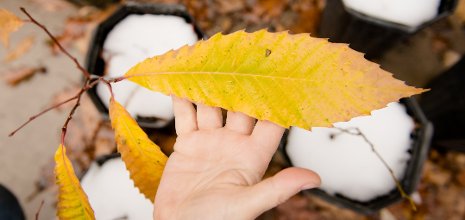
Now about three feet tall, they’ve been planted at the A. E. Seaman Mineral Museum and in the woods between the SFRES buildings and the US Forest Service headquarters. Preschoolers planted three seedlings at BHK last week, and a fourth little tree will be put in the ground at BHK this Sunday. Next spring, the final four will be planted at the Marsin Nature Center.
Is this an odd time of year to plant young trees? “Fall is an OK time to plant them,” Schmidt replies. “We’re taking a bit of a risk, but they are deep-rooted, and they’ll be better off in the ground than in containers once the snow starts coming.
Look for Chestnuts in 2025
It will be perhaps 8 to10 years until the new trees produce chestnuts. It takes two trees to cross-pollinate and bear nuts, which is one reason they were planted in groups of four.
Eventually, the American chestnut can grow to nearly 100 feet tall.
“It’s a beautiful tree, and we hope it finds a happy home here with our northern hardwoods,” Schmidt says.
She also shared a little-known chestnut factoid. American chestnuts are not related to the common horse chestnut seen around the area. “The horse chestnut was totally misnamed,” says Schmidt. “It’s not a chestnut, but rather a buckeye, and horses don’t like it.”
Michigan Technological University is a public research university founded in 1885 in Houghton, Michigan, and is home to more than 7,000 students from 55 countries around the world. Consistently ranked among the best universities in the country for return on investment, Michigan’s flagship technological university offers more than 120 undergraduate and graduate degree programs in science and technology, engineering, computing, forestry, business and economics, health professions, humanities, mathematics, social sciences, and the arts. The rural campus is situated just miles from Lake Superior in Michigan's Upper Peninsula, offering year-round opportunities for outdoor adventure.
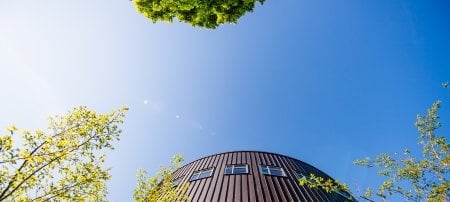
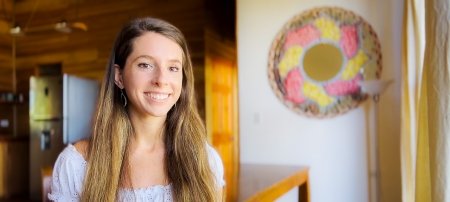
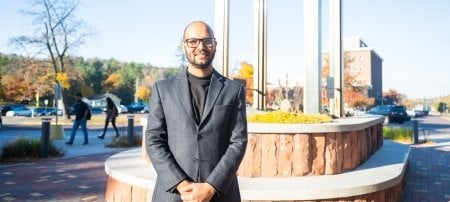
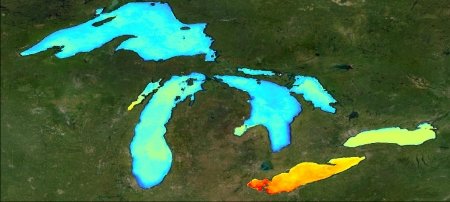
Comments